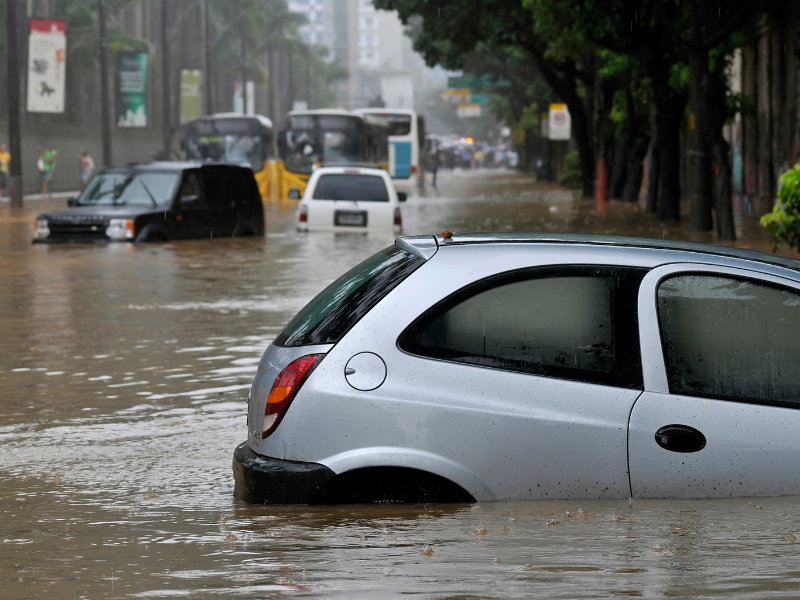Unlike other natural disasters that have predictable seasons, thunderstorms can occur anytime. Knowing how to prepare for and respond to a severe thunderstorm can protect your home, family, and community.
Why Prepare for Thunderstorms?
A thunderstorm is classified as severe if it produces hail at least 1 inch in diameter or wind gusts of 58 mph or higher. Surprisingly, lightning strikes from thunderstorms kill more people annually than tornadoes or hurricanes. Thunderstorms can also bring:
- Heavy rainfall causing flash floods
- High winds that damage homes, trees, and utility poles
Preparations Before a Thunderstorm
1. Know Your Local Warning Systems
Stay informed with severe weather alerts through the following resources:
- Television and radio broadcasts
- Social media accounts like The Weather Channel, National Weather Service, and NOAA
Understand the difference between a Severe Thunderstorm Watch and a Warning:
- Watch: Thunderstorms are possible in your area. Stay alert and monitor conditions.
- Warning: A severe thunderstorm is imminent. Take action to protect life and property immediately.
2. Prepare Your Yard and Home

Keep your yard and home storm-ready to minimize damage:
- Trim dead branches and secure trees to prevent debris.
- Check that shingles and home structures are secure.
- Make a checklist of outdoor items to bring indoors (e.g., lawn chairs, garden tools).
Assign responsibilities to family members, such as retrieving pets or securing loose items. Practice this routine to ensure everyone knows their role.
3. Identify an Emergency Location
Choose a safe location in your home, ideally in the center of the house and away from windows, skylights, or glass structures. This area will serve as a shelter during the storm.
What to Do During a Thunderstorm
1. Stay Indoors
When a severe thunderstorm warning is issued, remain indoors and avoid risky areas:
- Stay away from windows and tall structures.
- If driving or outdoors, avoid high ground and isolated tall trees.
- In a vehicle, remain inside and avoid touching metal surfaces.
2. Avoid Plumbing and Electronics
Lightning can travel through plumbing and electrical systems. To stay safe:
- Avoid showers, baths, or using sinks during the storm.
- Refrain from using electronic devices plugged into outlets.
- Use battery-powered radios or TVs for weather updates.
What to Do After a Thunderstorm

1. Stay Away from Flooded Areas
Do not attempt to cross flooded roads or pathways. Even shallow water can sweep vehicles away. If you encounter a flooded road, turn around, don’t drown.
2. Continue Listening for Updates
Stay tuned to local weather updates via radio, television, or social media to ensure the storm has fully passed and no further warnings are issued.
3. Help Others
Once it is safe, check on your neighbors, particularly the elderly and vulnerable individuals. Offer assistance in cleaning up storm damage if needed.
Stay Safe and Be Prepared
Thunderstorms can be dangerous, but with proper preparation, you can minimize risks and keep your family safe. Stay informed, practice safety measures, and always have an emergency plan in place.













